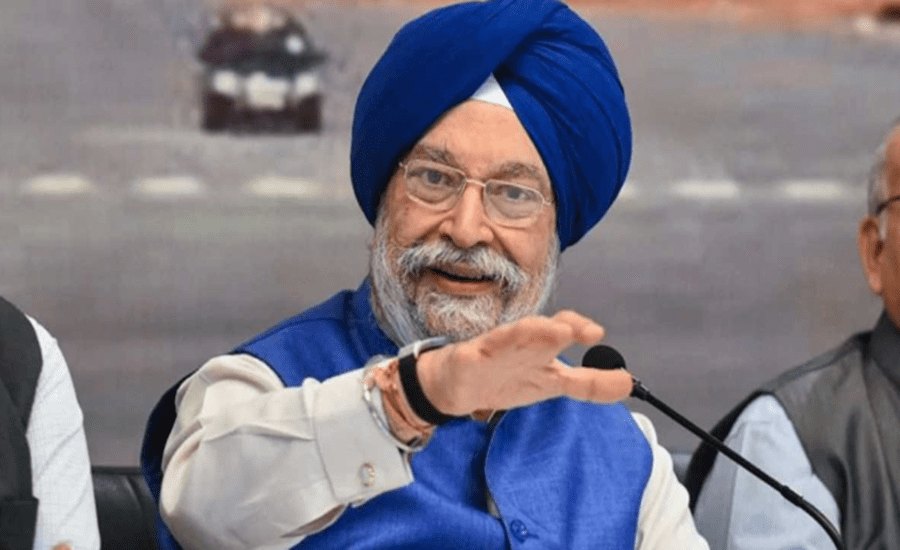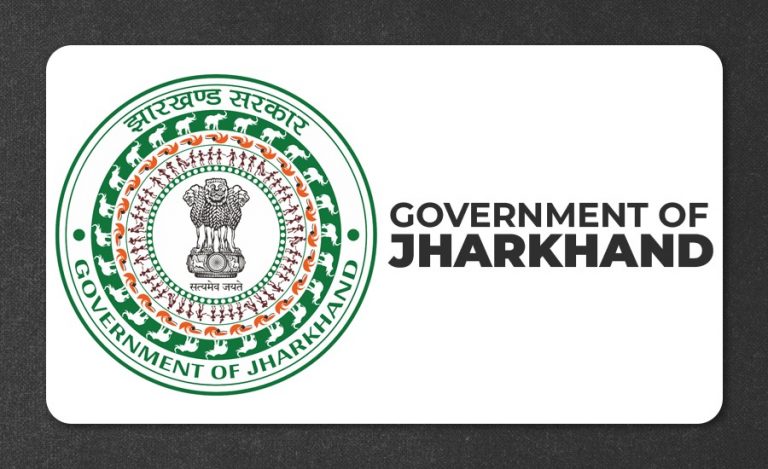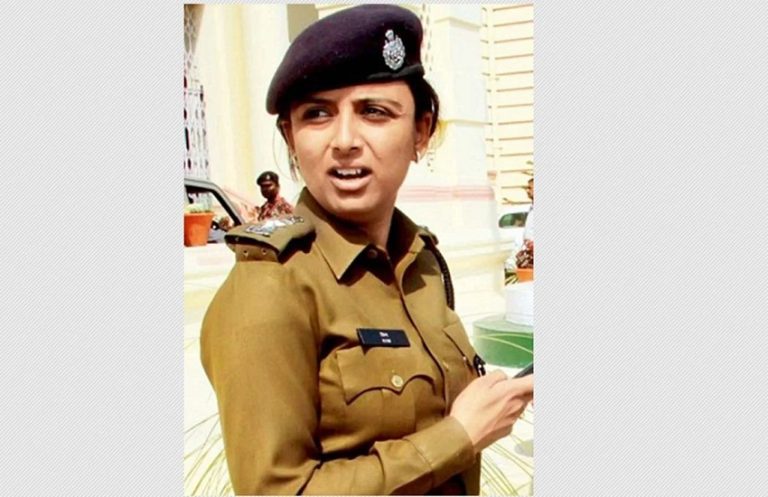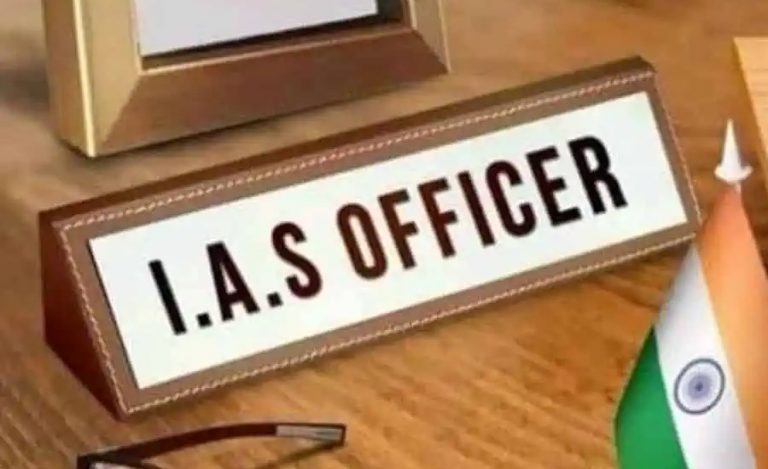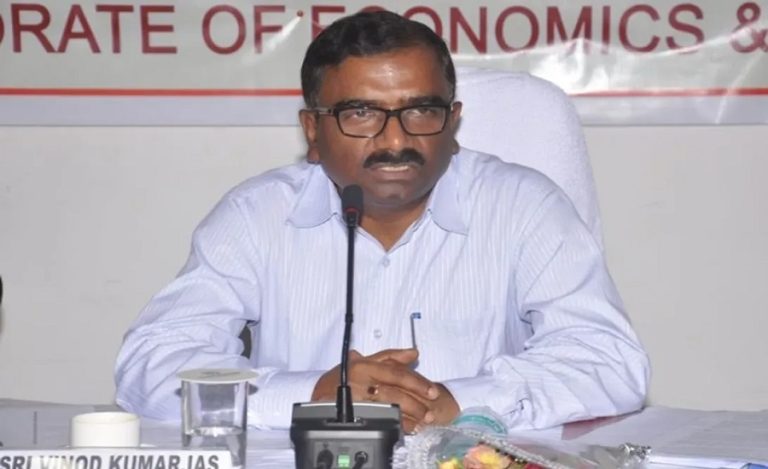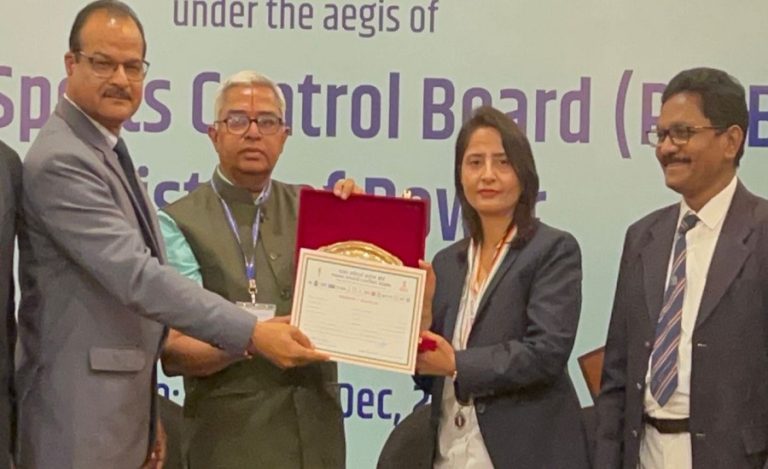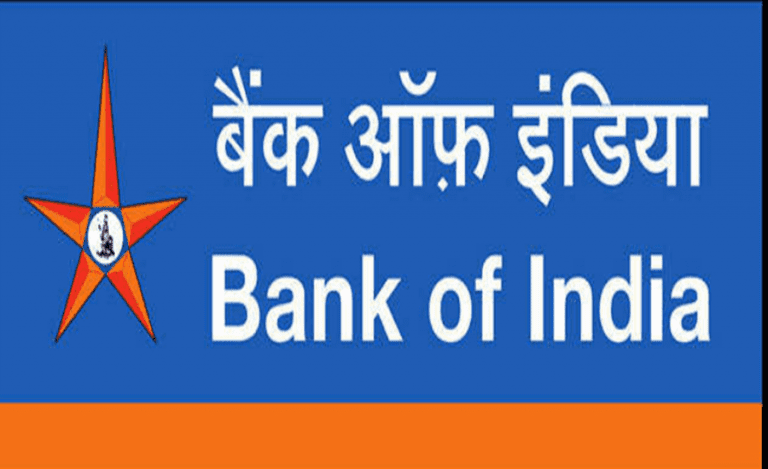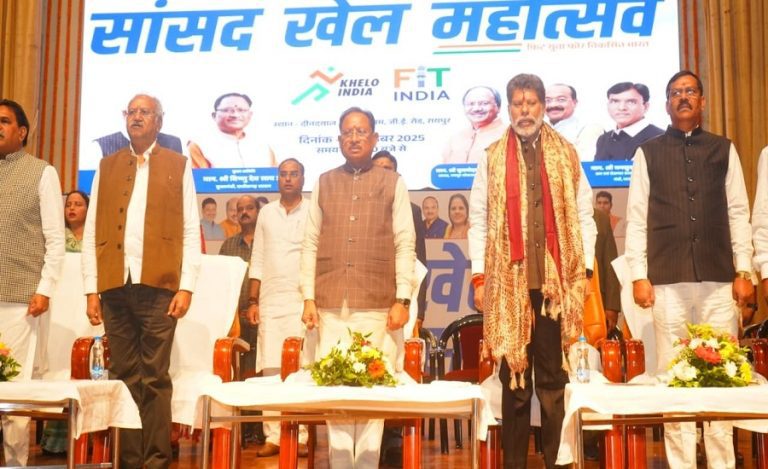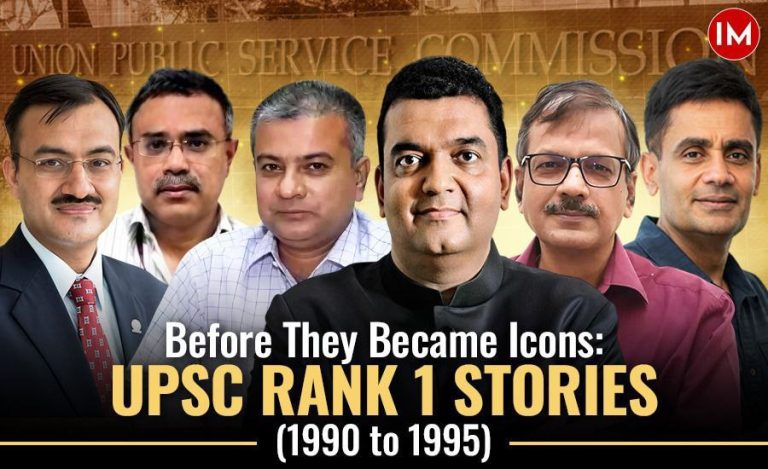The PAHAL (Pratyaksh Hanstantrit Labh) scheme has emerged as a powerful instrument in curbing LPG subsidy leakages and ensuring targeted delivery of benefits, Union Minister for Petroleum and Natural Gas Hardeep Singh Puri informed the Rajya Sabha in a written reply. As of July 1, 2025, a total of 4.08 crore duplicate, fake/non-existent, and inactive LPG connections have been blocked, suspended, or deactivated under the Direct Benefit Transfer for LPG (DBTL) scheme.
Highlighting the government’s multi-pronged approach to improve transparency, accountability, and consumer empowerment in LPG distribution, Puri said that the system has been significantly strengthened through Aadhaar integration, biometric authentication, and rigorous verification mechanisms.
read also: “Not Worried at all”: Hardeep Singh Puri Dismisses US Sanctions Over Russian Oil
Aadhaar Integration and Biometric Authentication
To minimise transaction failures and enhance the efficiency of subsidy transfers, the government has achieved 92.44% Aadhaar seeding among 33.05 crore active LPG consumers, while 86.78% of 30.63 crore DBTL consumers are now Aadhaar Transfer Compliant. Biometric Aadhaar authentication has been completed for 67% of PMUY beneficiaries, with mandatory authentication for all new PMUY connections.
Puri noted that Aadhaar-related issues — such as bank account deseeding, mergers, inactive numbers, and closures — had previously contributed to transaction failures. Focused efforts have since been made to resolve these, ensuring smoother subsidy disbursals, typically within two days of delivery.
Weeding Out Inactive and Ineligible Connections
A Standard Operating Procedure (SOP) was issued in January 2025 to terminate connections under PMUY (Pradhan Mantri Ujjwala Yojana) that remained inactive. As a result, 12,000 such connections were recently removed. Overall, since inception, 8.49 lakh ineligible PMUY connections have been terminated due to comprehensive deduplication efforts.
Ensuring Discipline and Accountability
The Minister said that LPG supply is regulated under the Liquefied Petroleum Gas (Regulation of Supply and Distribution) Order, 2000, with Marketing Discipline Guidelines (MDG) issued by Oil Marketing Companies (OMCs) for distributors. Penal actions are taken against those found guilty of malpractice, with both regular and surprise inspections conducted at various distributor points to curb irregularities.
Field inspections are carried out by officers from the OMCs’ regional and zonal offices, as well as the Anti-Adulteration Cell and Vigilance teams. These checks cover godowns, showrooms, delivery routes, and en-route deliveries.
Empowering Consumers Through Technology
The implementation of IVRS/SMS-based refill booking systems across all LPG distributorships has enabled consumers to receive SMS alerts at every stage — booking, invoice generation, and delivery. In addition, the Delivery Authentication Code (DAC) system ensures that only rightful customers receive refills, further tightening the delivery chain.
Performance and Impact Assessment
During the financial year 2024–25, about 194 crore LPG refills were delivered, with complaints registered for only 0.08% of them — most related to delivery delays or subsidy issues, indicating a high operational efficiency.
A third-party evaluation by the Research and Development Initiative (RDI) found that over 90% of beneficiaries were satisfied with the current subsidy reimbursement mechanism. The report suggested enhancing infrastructure, targeting subsidies better towards the economically weaker sections, and increasing safety awareness via local-language campaigns.
Future Measures
Based on these findings, Puri said the government has taken multiple steps to further improve the efficiency, transparency, and outreach of the PAHAL scheme. The introduction of the Common LPG Database Platform (CLDP) now enables deduplication using multiple identifiers such as Aadhaar, bank accounts, ration cards, and address details.
The government remains committed to ensuring that LPG subsidy transfers and distribution are inclusive, transparent, and efficient, the Minister reiterated, adding that the grievance redressal system has also been systematically upgraded to enhance consumer satisfaction and service quality.

